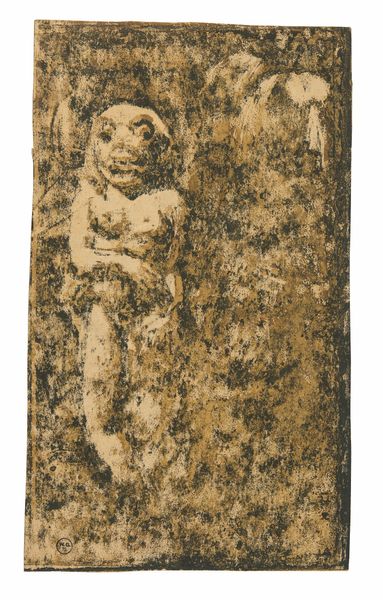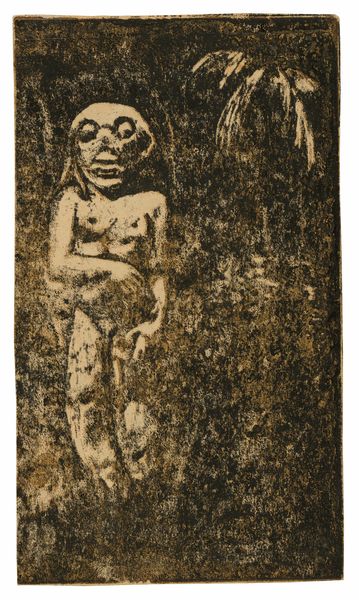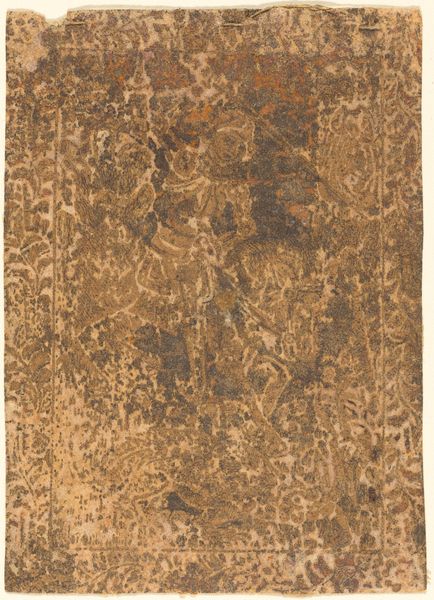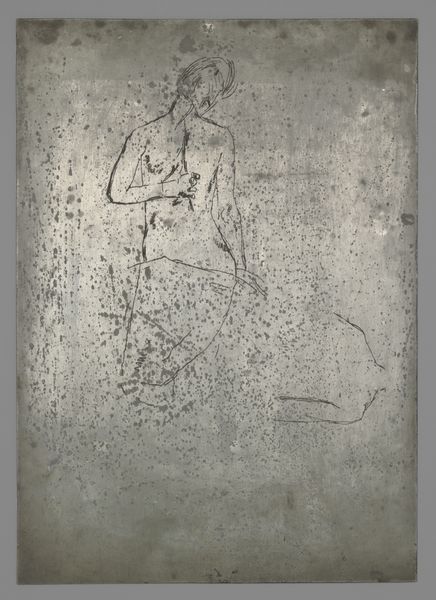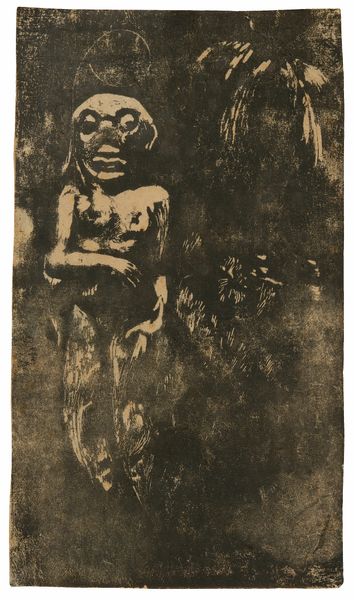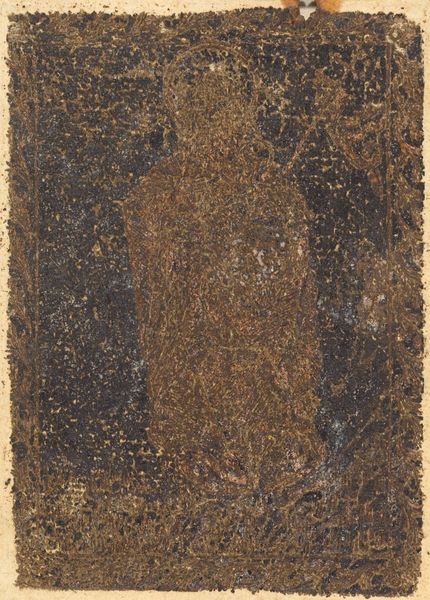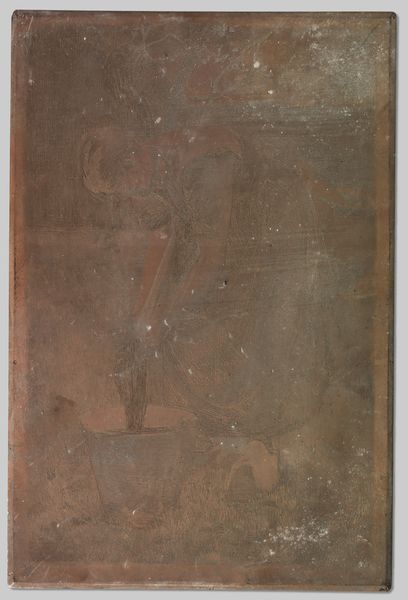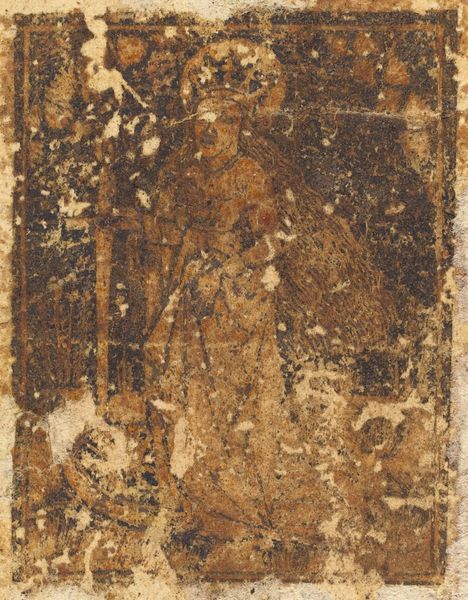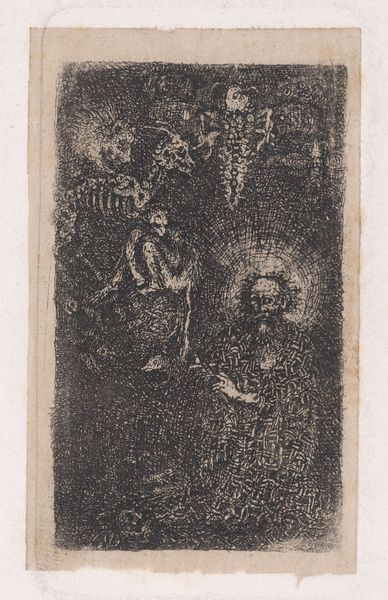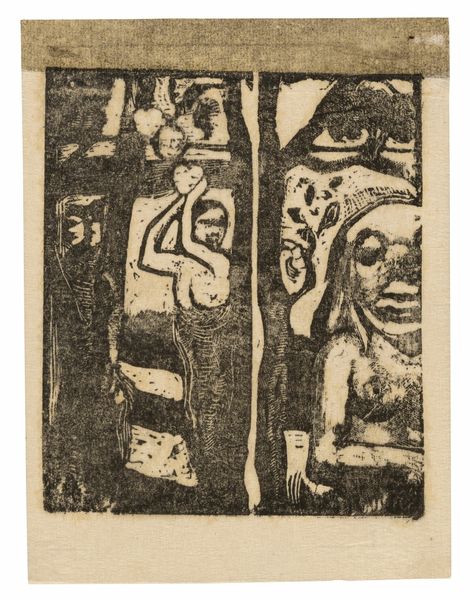
drawing, carving, print, paper, wood
#
drawing
#
carving
# print
#
figuration
#
paper
#
linocut print
#
carved
#
symbolism
#
wood
#
post-impressionism
#
nude
Dimensions: 205 × 119 mm (image); 207 × 121 mm (sheet); 230 × 316 mm (secondary support)
Copyright: Public Domain
This woodcut titled "Oviri" was made by Paul Gauguin in the 1890s, during his time in French Polynesia. Gauguin was interested in creating a sense of the primitive in his art, and he often looked to non-Western cultures for inspiration. This image depicts a Tahitian goddess of mourning and death. In reality, Gauguin's "primitive" aesthetic was deeply shaped by the expectations and institutions of the European art world. His work draws on colonial fantasies about non-Western cultures as somehow more authentic or closer to nature. To understand this image fully, we can look to sources such as letters written by the artist. We must also consider how the art market, and its taste for exoticism, shaped Gauguin's choices. Only then can we see this image as a complex product of cultural exchange and artistic ambition.
Comments
No comments
Be the first to comment and join the conversation on the ultimate creative platform.
